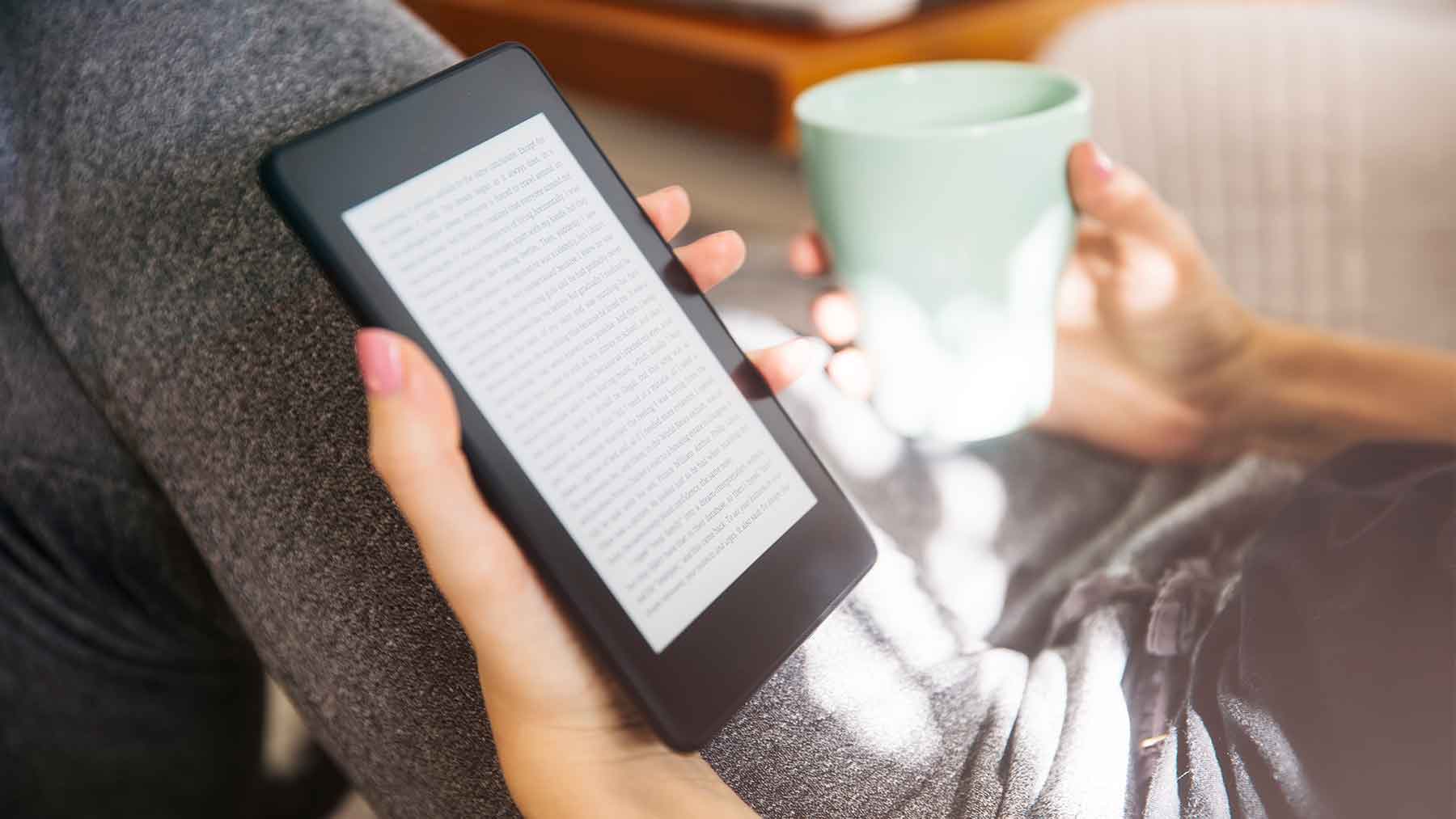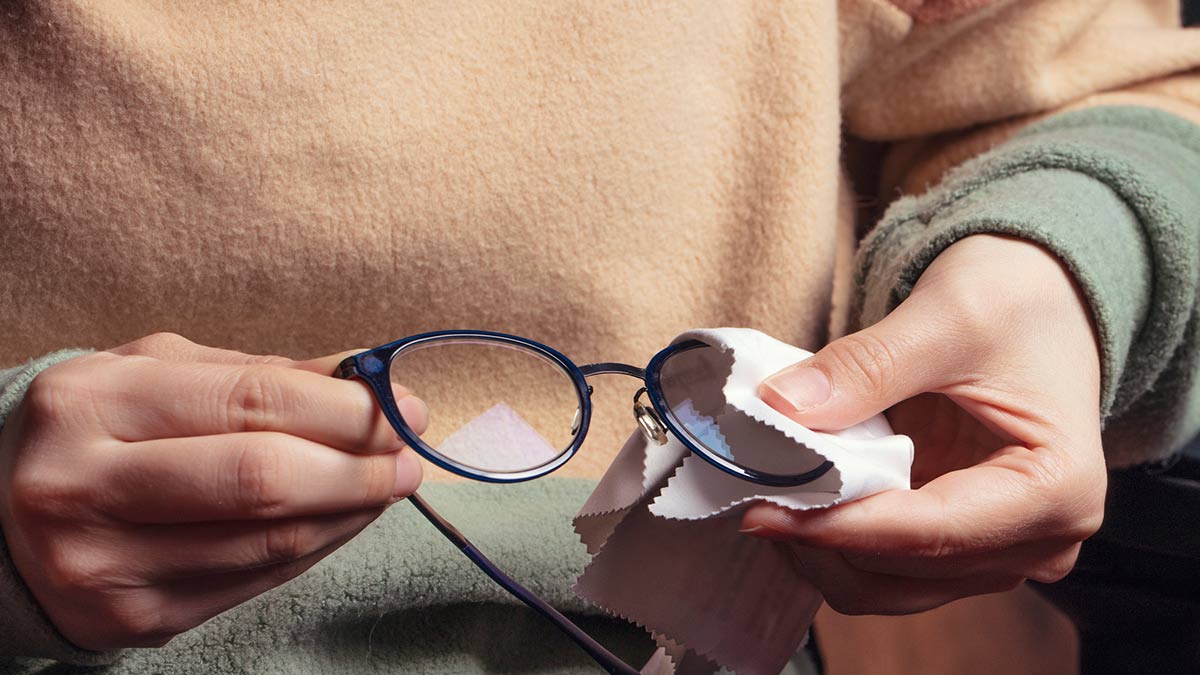Books or tablets: Which is better for your eyes?

For those of us who love to read, digital devices have opened up a rich new world of literary exploration. But as your mind expands, how are your eyes doing?
They might be struggling.
Here’s why digital content is tougher on your eyes—and what you can do make it easier and keep on reading.
Which is harder on the eyes—a book or a tablet?
Digital content causes more interference with blink rate and increases dry eye symptoms, leading to more discomfort while reading.
What’s happening with our blink rate?
Our blink rate is reduced 30% to 50% when using digital devices, compared to when we’re having a conversation with someone in person. This disrupts the eye surface and the layer of tears covering the eyeball. Without adequate tear film coverage, you may notice blurred vision that varies while blinking, burning, irritation, redness and a sandy or gritty sensation.
In addition, a full blink helps release secretions from eye glands that improve the tear film on the eye surface. When reading on digital devices, we often don’t completely blink, further drying out the surface of the eye.
Does age matter?
As we get older, the eye surface does change and symptoms of dryness generally increase.
So while digital devices may dry our eyes, do they have any advantages over traditional books?
The ability of a digital device to change font size, background color and contrast of the letters provides an advantage over printed material. Especially with newspapers and books that don’t have black letters on true white backgrounds, the contrast of the font color to the background color can cause difficulty reading. The ability to change font size digitally can also be significantly helpful if you have any visual impairments.
Can too much reading cause long-term damage?
Too much reading doesn’t usually cause long-term damage, but it can be very uncomfortable if the eye surface is excessively dry, you don’t have the correct glasses or contact lens prescription, or you have an eye muscle imbalance making it difficult to read comfortably.
What should we do to give our eyes a break when we’re doing a lot of reading?
We know symptoms of eyestrain related to reading increase as you continue to read without a break. The 20/20/20 rule allows your eyes to relax and relieve eyestrain. Every 20 minutes, look at something 20 feet away (something on a wall, out a window, etc.) for 20 seconds to relieve any strain on your focusing system.
What are some other ways to improve our digital reading experience?
- Read digital content from at least 16-30 inches away. If reading material is too close to the eyes, it can increase strain on the focusing system and eye muscles.
- Simulate the posture you have while reading printed material—move computer monitors to a position about five to six inches below eye level. By reading in a slight downward position, you allow your eyelids to stay at a more natural position.
- Increase font size on the screen if possible. You shouldn’t feel as if you’re straining or squinting to read.
- Decrease any glare on the screen you’re reading from, especially from windows or overhead lighting.
- Limit reading from digital devices before trying to fall asleep. Reading from digital devices can disrupt your ability to fall asleep and circadian rhythms, where traditional printed material doesn’t.
- If symptoms of dryness persist, consider using an artificial tear drop to aide in hydrating the eye surface. Avoid any drops that “get the red out,” as these drops aren’t helpful to dryness and will usually make redness worse as the drop wears off.
- Visit your eye doctor to assess if any glasses prescription or specific reading glasses would be helpful to relieve any symptoms you may have related to digital device use.
Should we consider audiobooks to reduce eyestrain, or are there benefits to reading?
Audiobooks are an option if eyestrain is greatly limiting the amount of reading you’re able to do comfortably. There is a downside, though—studies show that people with normal vision comprehend more when reading versus audio recordings of the same content. This is also true for visually impaired people, where Braille comprehension is higher when compared to audio content.
Stephanie Pisano is an ophthalmologist at The Ohio State University Wexner Medical Center and an assistant professor in the Ohio State College of Medicine.




